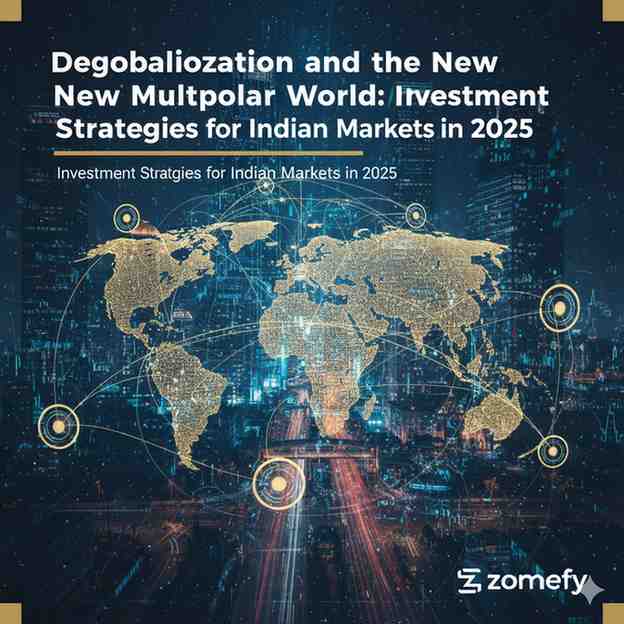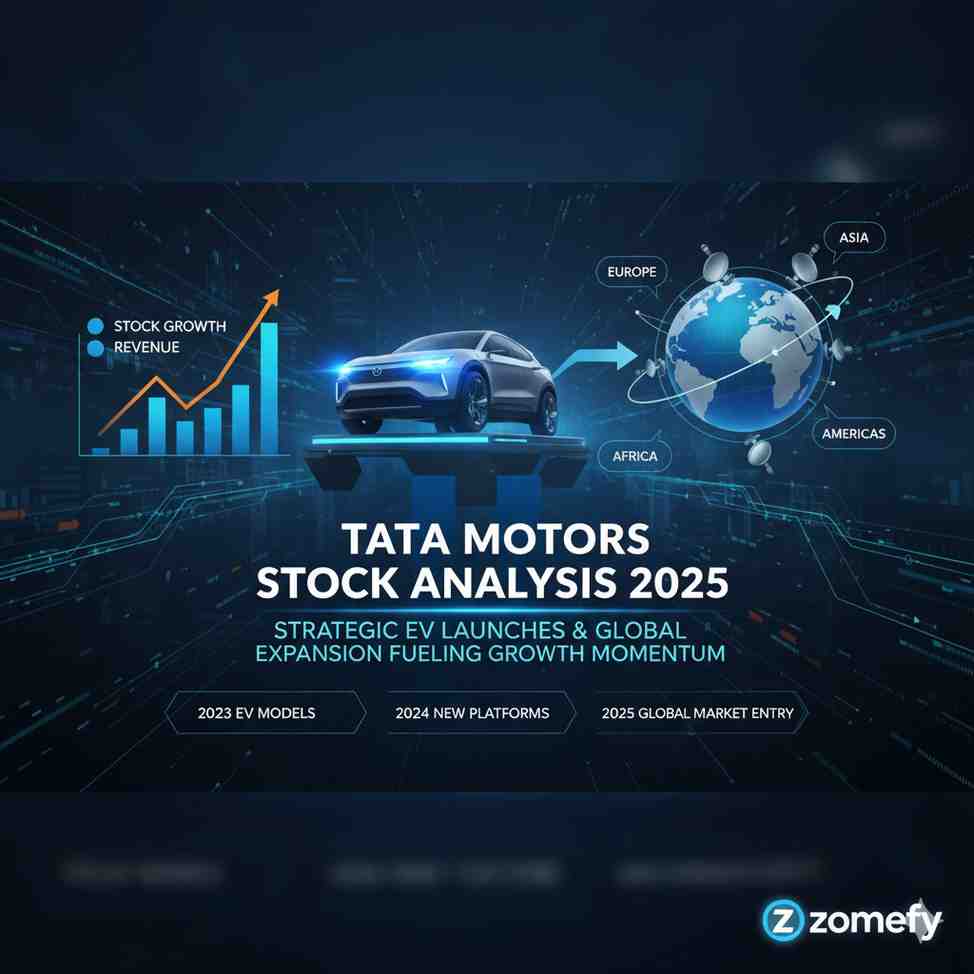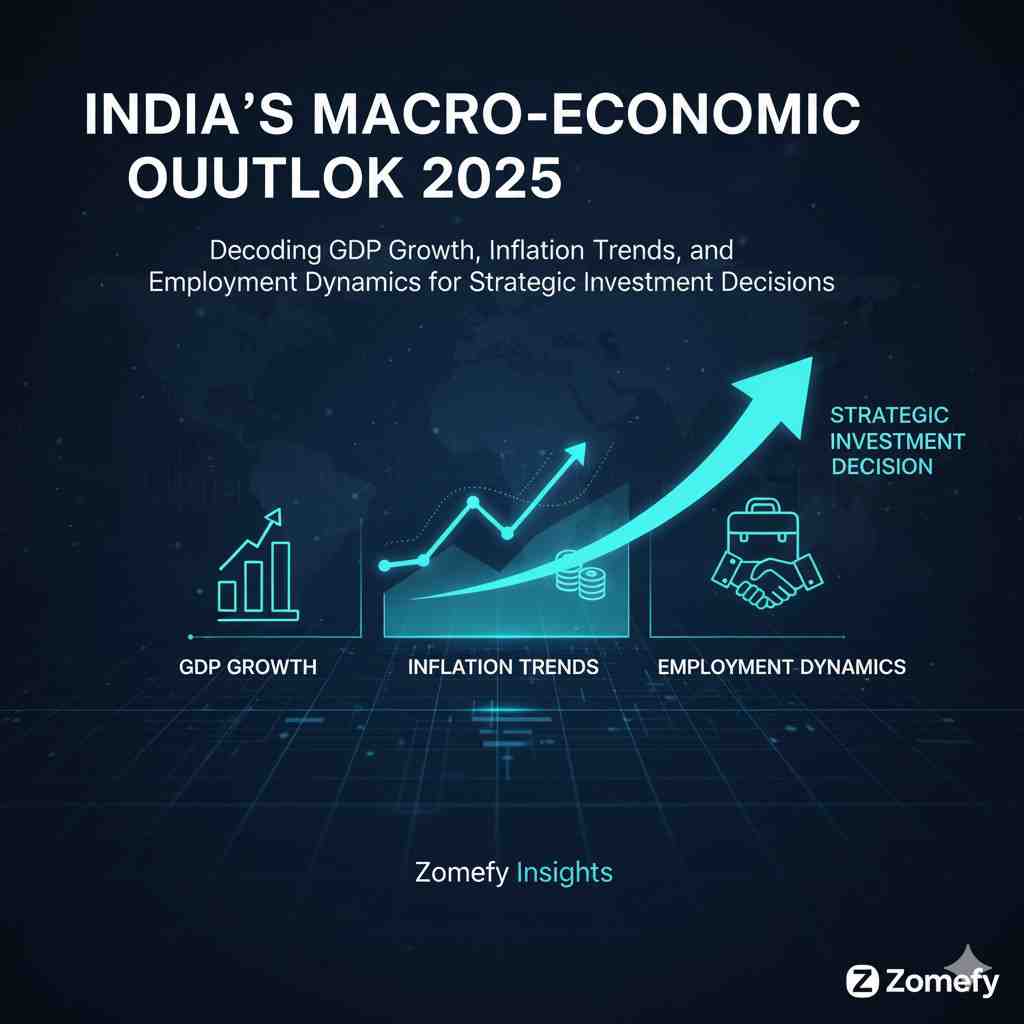RBI Monetary Policy 2025: Navigating Neutral Repo Rates Amid Downward Inflation and Upgraded GDP Forecasts for Strategic Investing
The Reserve Bank of India (RBI) has maintained a neutral stance on monetary policy in 2025, holding the repo rate steady at 5.
RBI Monetary Policy 2025: Navigating Neutral Repo Rates Amid Downward Inflation and Upgraded GDP Forecasts for Strategic Investing
What You Can Do Next
- Read the full article for complete insights
- Save for later reference
- Share with others learning about this topic
Image not available
The Reserve Bank of India (RBI) has maintained a neutral stance on monetary policy in 2025, holding the repo rate steady at 5.50% after a series of rate cuts earlier in the year. This decision comes amid a backdrop of downward inflation forecasts and upgraded GDP growth projections, reflecting a cautiously optimistic economic outlook for India. For retail investors and financial professionals alike, understanding the implications of this monetary policy stance is crucial for strategic investing in an evolving macroeconomic environment. The RBI’s approach signals confidence in the gradual transmission of earlier rate cuts while preserving policy flexibility to address potential future shocks, including global trade uncertainties and domestic economic challenges. This article delves into the detailed aspects of the RBI’s 2025 monetary policy, analyzing its impact on sectors, companies, and investment strategies within the Indian market, supported by comparative data and actionable insights to navigate investments effectively.
RBI Monetary Policy 2025: An Overview of Key Decisions and Economic Context
In 2025, the RBI's Monetary Policy Committee (MPC) has adopted a neutral stance with the repo rate steady at 5.50%, after a cumulative 100 basis points cut earlier in the year. The June 2025 meeting saw a significant 50 bps cut, followed by two pauses in August and October, as inflation forecasts were revised downward and GDP projections upgraded. The RBI’s inflation target remains within the 2-6% band, with the latest forecast for FY2025-26 at 2.6%, considerably below the earlier 3.7% estimate. Concurrently, the GDP growth outlook has been revised upward to 6.8% for FY2025-26, reflecting improved economic resilience despite global headwinds such as US tariffs on Indian imports and visa fee hikes. The Standing Deposit Facility (SDF) and Marginal Standing Facility (MSF) rates remain unchanged at 5.25% and 5.75%, respectively, supporting liquidity stability. The RBI's cautious but flexible approach signals readiness to deploy further measures if growth slows or inflation spikes unexpectedly, preserving room for policy maneuvering.
Interest Rates and Inflation Trajectory
The repo rate, currently at 5.50%, is a pivotal benchmark influencing lending rates across the Indian banking system. Its stability in recent meetings reflects the RBI’s confidence in inflation easing, supported by favorable monsoon conditions, easing commodity prices, and subdued wage growth. The reverse repo rate stands at 3.35%, helping regulate liquidity by incentivizing banks to park excess funds with the RBI. Below is a summary of key interest rates and inflation metrics for FY2025-26:
Parameter | Value | Notes |
|---|---|---|
| Repo Rate | 5.50% | Held steady since June 2025 |
| Reverse Repo Rate | 3.35% | Liquidity absorption tool |
| SDF Rate | 5.25% | Standing Deposit Facility rate |
| MSF Rate | 5.75% | Marginal Standing Facility rate |
| Inflation Forecast FY26 | 2.6% | Down from 3.7% earlier |
| GDP Growth Forecast FY26 | 6.8% | Upgraded from 6.5% |
This stable interest rate environment with downward inflation supports a conducive borrowing climate, particularly benefiting sectors sensitive to interest costs such as real estate, automobiles, and consumer durables.
GDP Growth Upgrades and Macro Outlook
The RBI revised India's GDP growth forecast upwards to 6.8% for FY2025-26, signaling robust economic activity despite external challenges such as US tariff impositions. This optimism is underpinned by strong domestic consumption, government infrastructure spending, and a resilient services sector. However, some analysts caution that growth momentum may face headwinds from global uncertainties and geopolitical tensions.
Indicator | RBI Forecast FY25-26 | Previous Forecast | Remarks |
|---|---|---|---|
| GDP Growth (%) | 6.8 | 6.5 | Upgraded on domestic demand strength |
| Inflation (%) | 2.6 | 3.7 | Downward revision due to easing commodity prices |
| Fiscal Deficit (% of GDP) | 5.9 | 6.0 | Improving fiscal discipline |
The RBI’s neutral stance allows policymakers to balance inflation control and growth support, signaling that future rate cuts remain possible if growth slows further. This calibrated approach encourages investors to focus on sectors likely to benefit from sustained economic expansion, such as infrastructure, financial services, and consumer discretionary.
Impact of Neutral Repo Rates on Indian Markets and Sectors
The RBI’s decision to hold the repo rate at 5.50% with a neutral policy stance has multi-faceted implications for Indian markets and sectors. The stable interest rate environment supports sustained credit growth without overheating inflation. Key sectors such as banking, real estate, and consumer discretionary stand to gain from continued borrowing affordability, while sectors sensitive to global commodity prices may benefit from easing inflation pressures.
Sector | Impact of Neutral Repo Rates | Key Companies |
|---|---|---|
| Banking & Financial Services | Stable lending rates, improved asset quality | HDFC Bank, ICICI Bank, Kotak Mahindra Bank |
| Real Estate | Lower borrowing costs support demand and project launches | DLF, Godrej Properties, Oberoi Realty |
| Consumer Durables & Retail | Increased consumer financing and discretionary spending | Voltas, Titan Company, Avenue Supermarts |
| Infrastructure | Government spending plus private investments boosted | Larsen & Toubro, Adani Ports, GMR Infrastructure |
| Energy & Commodities | Mixed impact due to global price volatility | Reliance Industries, ONGC, Coal India |
The RBI’s neutral stance also encourages investors to adopt a balanced portfolio approach, combining growth-oriented sectors with defensive plays to mitigate risks associated with global uncertainties and potential policy shifts.
Banking Sector Performance and Lending Trends
The banking sector is a primary beneficiary of the RBI’s neutral repo rate stance. With the repo rate unchanged at 5.50%, lending rates have stabilized, improving credit demand and asset quality. The 100 bps repo rate cuts earlier in 2025 have started reflecting in lower home loan and personal loan EMIs, supporting consumer spending.
Key performance metrics of leading banks are summarized below:
Bank | Market Cap (₹ Cr) | P/E Ratio | Loan Growth (YoY %) | Net Interest Margin (%) |
|---|---|---|---|---|
| HDFC Bank | 10,20,000 | 23.5 | 12.8 | 4.1 |
| ICICI Bank | 6,50,000 | 22.0 | 14.2 | 3.8 |
| Kotak Mahindra Bank | 3,80,000 | 25.0 | 15.0 | 4.3 |
The stable rate environment encourages banks to maintain healthy net interest margins while supporting credit growth. Investors should monitor asset quality trends and loan book diversification to identify sustainable growth opportunities within the banking sector.
Real Estate and Consumer Sector Dynamics
Real estate and consumer sectors have been positively impacted by the easing interest rate environment earlier in the year, with the neutral stance now providing stability. Lower borrowing costs have boosted home loan demand and consumer financing, supporting companies in these sectors.
Company | Market Cap (₹ Cr) | Price/Earnings | Revenue Growth (YoY %) | Debt/Equity |
|---|---|---|---|---|
| DLF | 30,000 | 20.5 | 8.0 | 0.7 |
| Godrej Properties | 18,500 | 25.0 | 12.5 | 0.3 |
| Voltas | 15,000 | 28.0 | 10.0 | 0.1 |
| Titan Company | 45,000 | 35.0 | 14.0 | 0.0 |
The consumer sector's strong fundamentals, combined with stable interest rates, make it attractive for long-term investors. However, risks include potential input cost inflation and regulatory changes affecting discretionary spending.
Strategic Investing Amid RBI's Neutral Policy: Actionable Insights and Risk Considerations
Given the RBI’s neutral monetary policy stance with stable repo rates, investors should adopt a strategic approach balancing growth opportunities with risk management. The current macro environment supports selective sectoral bets and diversified portfolios emphasizing quality, liquidity, and earnings resilience.
Key actionable strategies include: - Focus on Financials and Consumption: Banks and NBFCs are poised to benefit from stable lending rates and improved credit growth. Consumer discretionary companies with strong brand equity and pricing power remain attractive. - Infrastructure and Capital Goods Exposure: Upgraded GDP forecasts and government spending plans bode well for infrastructure-related companies. - Cautious Play on Commodities: Volatility in global commodity prices requires selective investment and risk hedging strategies. - Fixed Income Allocation: With repo rates stable, short- and medium-term debt funds offer reasonable yields with controlled duration risk.
Investment Strategy | Rationale | Examples |
|---|---|---|
| Equity - Financials | Stable interest rates support credit growth and margins | HDFC Bank, ICICI Bank, Bajaj Finance |
| Equity - Consumer Discretionary | Strong domestic demand and consumption | Titan, Avenue Supermarts, Asian Paints |
| Equity - Infrastructure | Government spending and private investments | Larsen & Toubro, Adani Ports |
| Debt Funds | Stable interest rates, moderate inflation | Short Duration Funds, Banking & PSU Debt Funds |
Risk Considerations:** - Potential global economic shocks impacting exports and foreign investment - Inflation volatility due to commodity price swings - Domestic regulatory changes affecting key sectors - Geopolitical tensions influencing market sentiment
Investors should maintain portfolio diversification and monitor macroeconomic indicators closely to adjust allocations proactively.
Mutual Fund Performance and Fund Selection
In the current RBI policy environment, mutual funds focusing on financials, consumption, and infrastructure sectors have delivered competitive returns. Fund expense ratios and asset under management (AUM) are important considerations for retail investors seeking cost-efficient exposure.
Fund Name | 1-Year Return (%) | 3-Year Return (%) | Expense Ratio (%) | AUM (₹ Cr) |
|---|---|---|---|---|
| HDFC Banking & PSU Debt Fund | 9.5 | 8.8 | 0.85 | 6,500 |
| ICICI Prudential Bluechip Fund | 12.0 | 14.5 | 1.15 | 32,150 |
| Mirae Asset Emerging Bluechip Fund | 15.2 | 16.8 | 1.10 | 18,200 |
Investors should consider funds with strong track records, sector focus aligned with macro trends, and reasonable expense ratios. Regular portfolio reviews and SIP investments can help mitigate market volatility and leverage compounding benefits.
Pros and Cons of the RBI’s Neutral Policy Stance
The RBI’s neutral stance on repo rates presents a balanced approach but comes with distinct pros and cons for investors.
Pros | Cons |
|---|---|
| Maintains policy flexibility for future rate adjustments | May limit immediate stimulus impact on growth |
| Supports stable lending rates, aiding credit growth | Global uncertainties could still disrupt growth |
| Downward inflation trend reduces input cost pressures | Inflation risks remain from commodity price volatility |
| Encourages structural reforms and fiscal policy support | Investors may face uncertainty on timing of next rate moves |
This balanced stance requires investors to remain vigilant, focusing on fundamentals while preparing for potential volatility caused by external shocks or policy shifts.
Continue Your Investment Journey
Discover more insights that match your interests

Deglobalization and the New Multipolar World: Investment Strategies for Indian Markets in 2025
The global economic landscape in 2025 is witnessing a marked shift from decades of hyper-globalization to a phase often described as deglobalization, accompanied by the rise of a new multipolar wor...

Tata Motors Stock Analysis 2025: Strategic EV Launches & Global Expansion Fueling Growth Momentum
Tata Motors, a flagship company of the Tata Group, remains a pivotal player in the Indian automobile industry, especially in the electric vehicle (EV) and commercial vehicle segments.

Indigo Paints Stock Analysis 2025: Sudden Promoter Buyback & Block Deal Sparks Mid‑Cap Rally
Indigo Paints Ltd (NSE: INDIGOPNTS), a leading player in India's decorative paints sector, has sparked a mid-cap rally following a sudden promoter buyback announcement and a high-profile block deal...

India’s Macro-Economic Outlook 2025: Decoding GDP Growth, Inflation Trends, and Employment Dynamics for Strategic Investment Decisions
India's macroeconomic landscape entering 2025 presents a complex yet promising canvas for retail investors and financial professionals alike.
Explore More Insights
Continue your financial education journey
